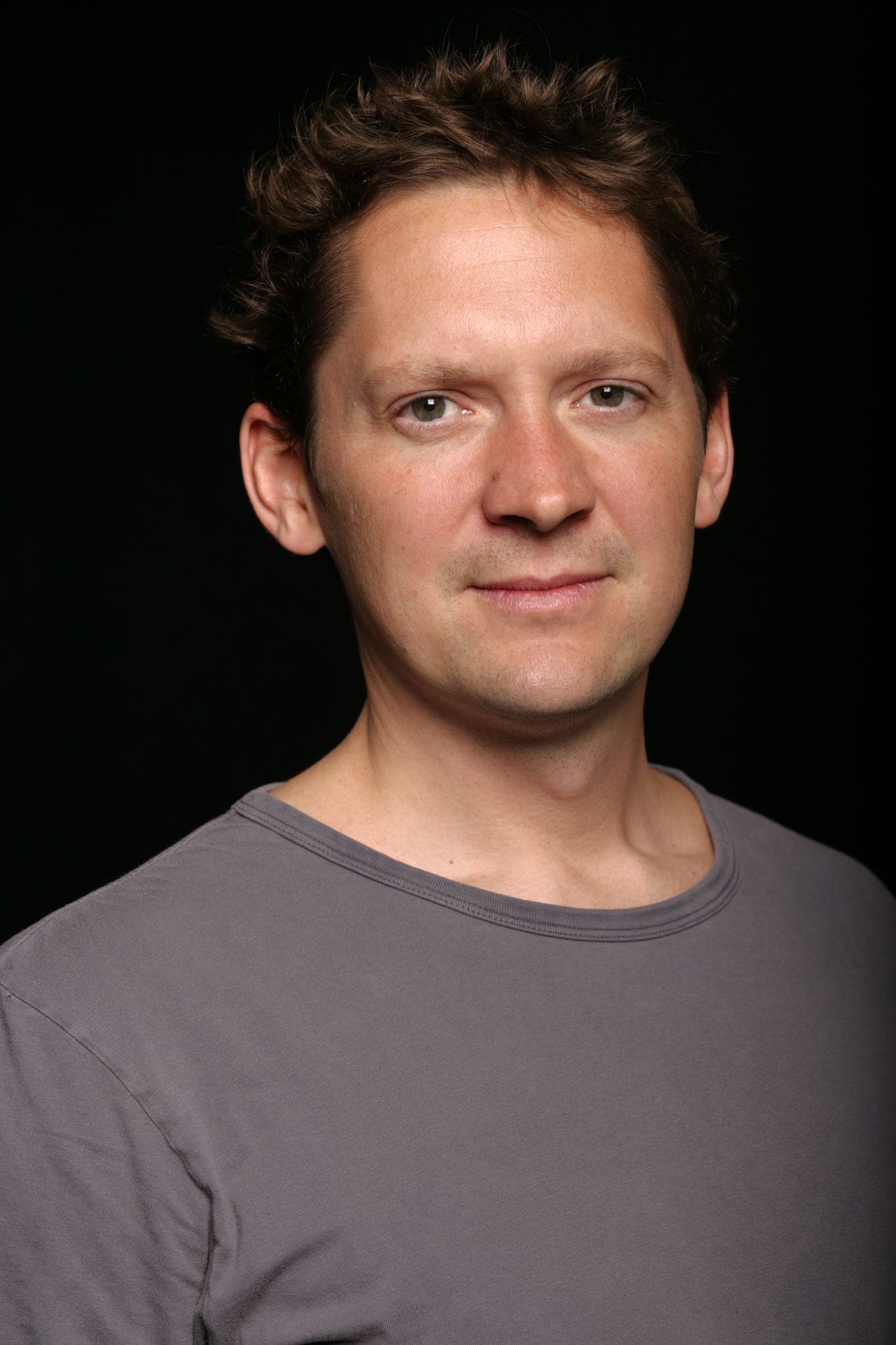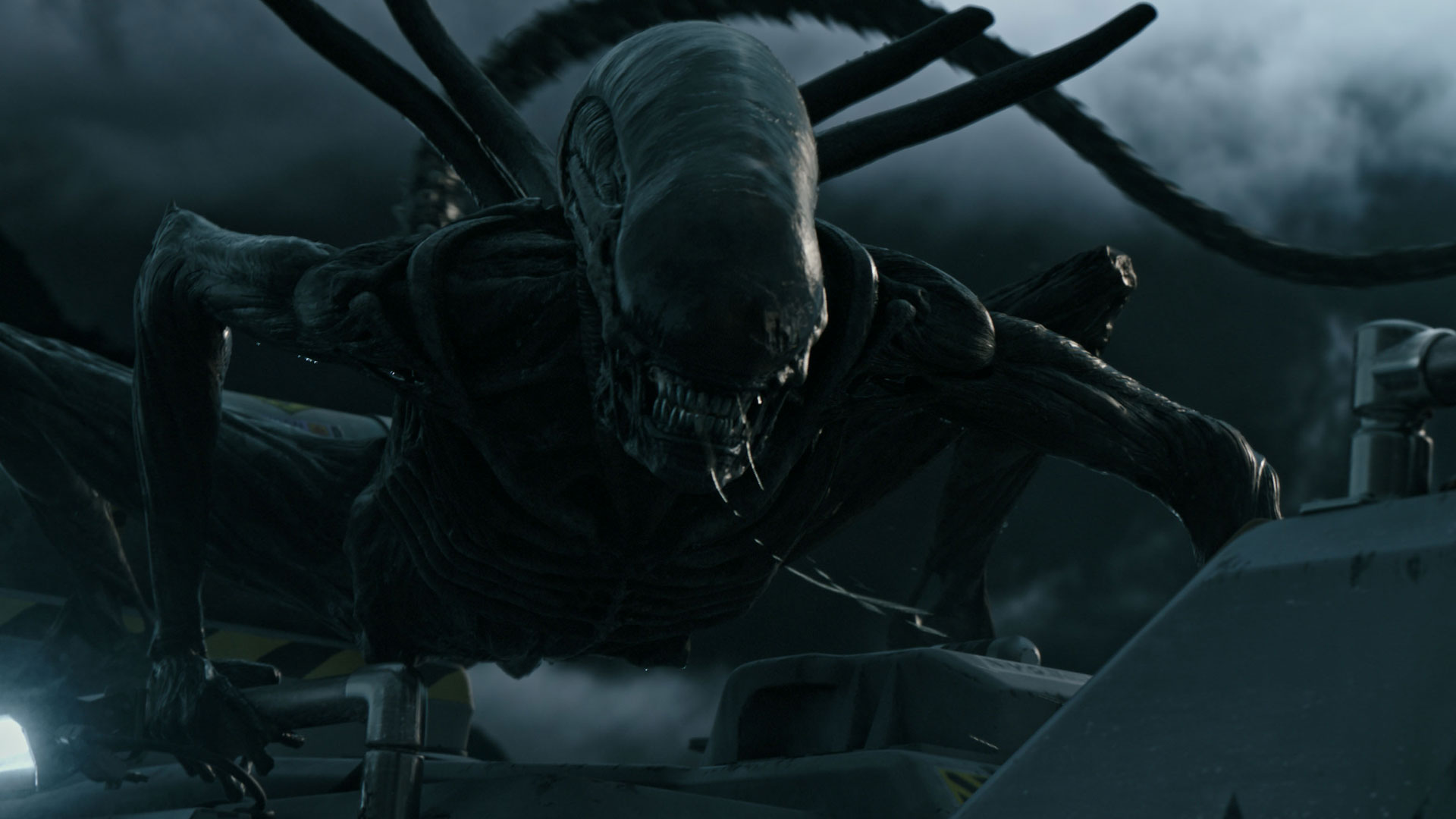
Challenge of re-envisioning and executing iconic creatures to director Ridley Scott’s specifications was a massive VFX undertaking, not to mention all the film’s other digital elements.
When he first sat down with director Ridley Scott to discuss planning visual effects for Alien: Covenant, VFX supervisor Charley Henley understood that Scott was putting him in charge of re-animating a particularly iconic sci-fi character—the so-called xenomorph aliens that Scott first brought to the big screen in his classic 1978 film, Alien.
“To step into the room for the first meeting I had with [Scott], he had a sort of war room with the key HODs [department heads] there, and we went through all the concepts and broke down the script to some degree,” Henley says. “Seeing the volume of visuals that were going to rely on me to run and create the effects for him, with the help of all these incredible artists, was quite a daunting moment really.”
Henley supervised seven VFX facilities as they created some 1,400 digital shots for the movie, including facing the challenge of how to create “a creature you may think is pre-determined [as to] what it may look like and how it is designed,” but not as much as one might think.
Audio-only version:
Subscribe: Apple Podcasts | RSS
As he explained during a recent conversation with Studio for the Podcasts from the Front Lines series, Scott was focused on “taking himself back to the day whilst he was producing the original [film], and [shared] what inspired [him] at the time—this is what [he] liked at the time with the original [H.R. Giger sketches] that were brought to the table [in the 1970’s]. Ridley kind of laid them out and analyzed them and remembered what was so successful, and yet the limitations he had at the time. He said, let’s go back to the root, to his [original] experience, and take [the alien creatures] to where he always wanted them to be. He had some slightly fresh ideas and references and materials that he felt related to how he wanted the creature to be. So we came up with something close to what you see in the original Alien, but actually a fair bit thinner, sort of leaner, and a slight shift in some of the material qualities.”
Those shifts included giving the new xenomorphs “areas of sort of bone that reference a kind of ivory, against muscly areas with a more fleshy quality in some areas. And then, controlling what was hard and what was soft, and how he moves and how muscles would fire and how tendons would move, when his head operated, and how other parts of his cranium would contract — we layered in little details like that. There was a lot of development on [the creature’s] cranium and the translucency of that.”
Filmmakers were also charged with creating a new alien creature from scratch — a sort of cousin to the xenomorph called the neomorph, which was based, in part, on real-world insect and animal references in combination with concept art originally created for Scott’s last film, Prometheus. However, Alien: Covenant features far more than just creature work, he emphasizes. The movie also involves extensive environmental work, location and set extensions and enhancements, space environments and spaceship work, cityscapes, holograms, gore effects, and having the same actor [Michael Fassbender], playing two different characters, interact intimately with himself, among other things.
Though extremely grueling, Henley says the process was particularly pleasurable because “so many of the people working on it were fans. Whether fans of Ridley doing science fiction, or anything he touches to do with VFX really, there is an element of where he has such a great eye that everyone is keen to work with him. And, of course, working on the Alien franchise is something that is a bit of a moment for everybody in VFX, just from the history of those movies. Just having those teams so passionate about the work certainly helped me a lot, because everybody brought their top game to it.”
Crafts: VFX/Animation
Sections: Creativity
Topics: Podcasts from the Front Lines charley henley neomorphs podcasts VFX xenomorphs
Did you enjoy this article? Sign up to receive the StudioDaily Fix eletter containing the latest stories, including news, videos, interviews, reviews and more.











Leave a Reply